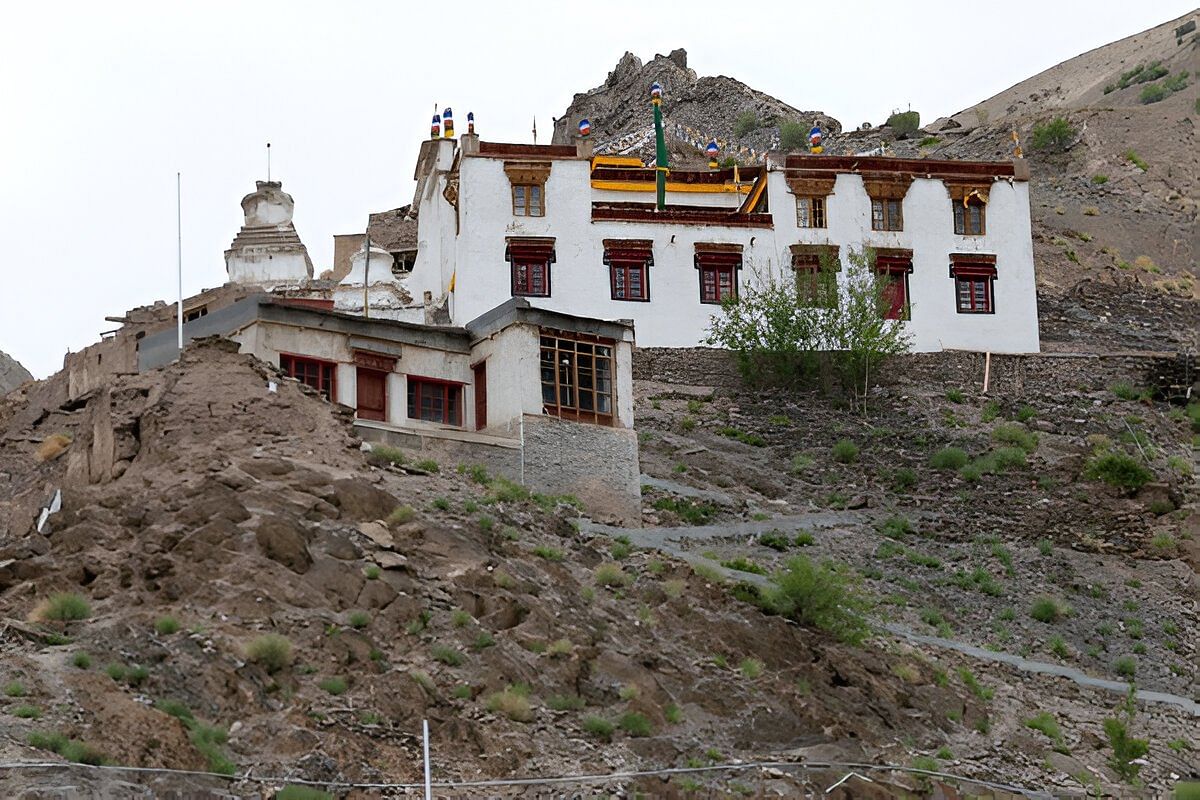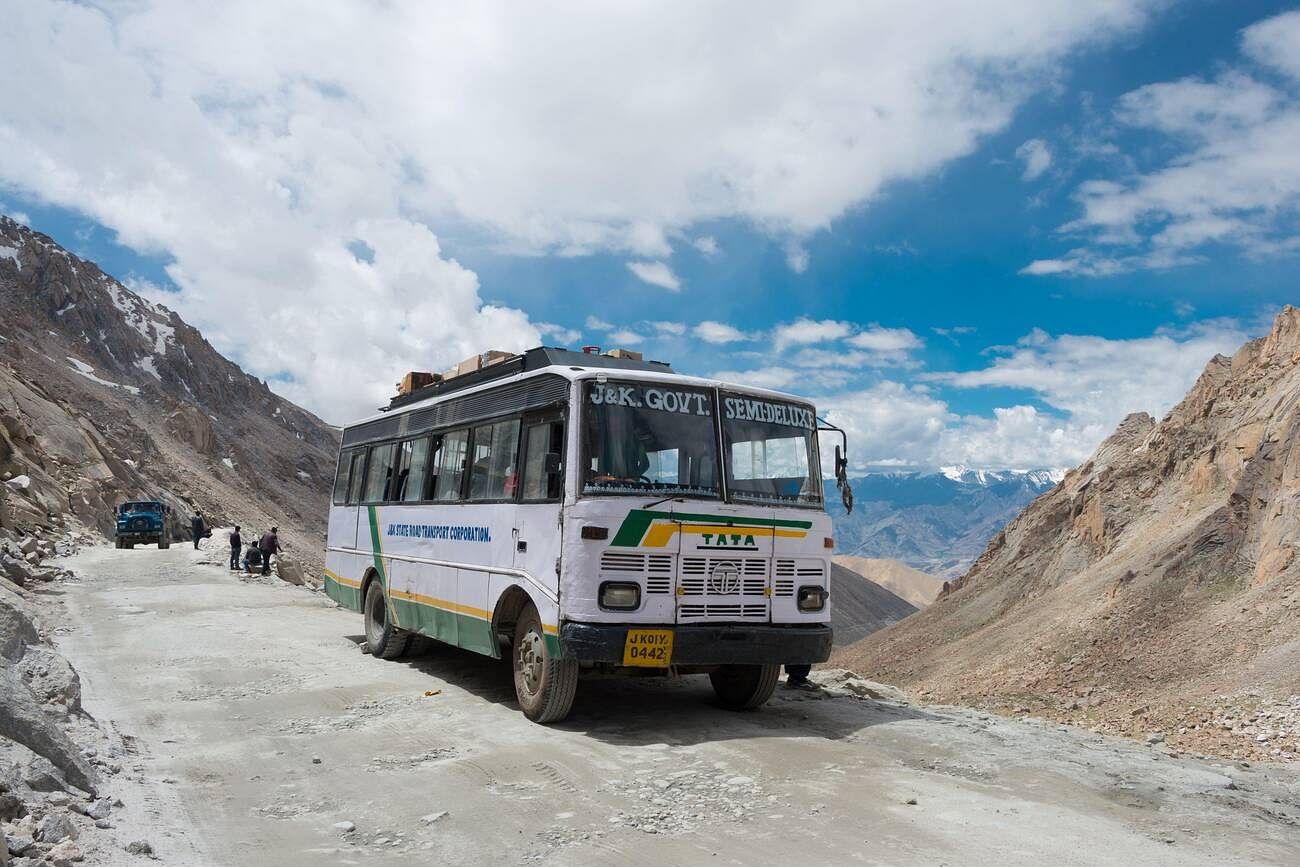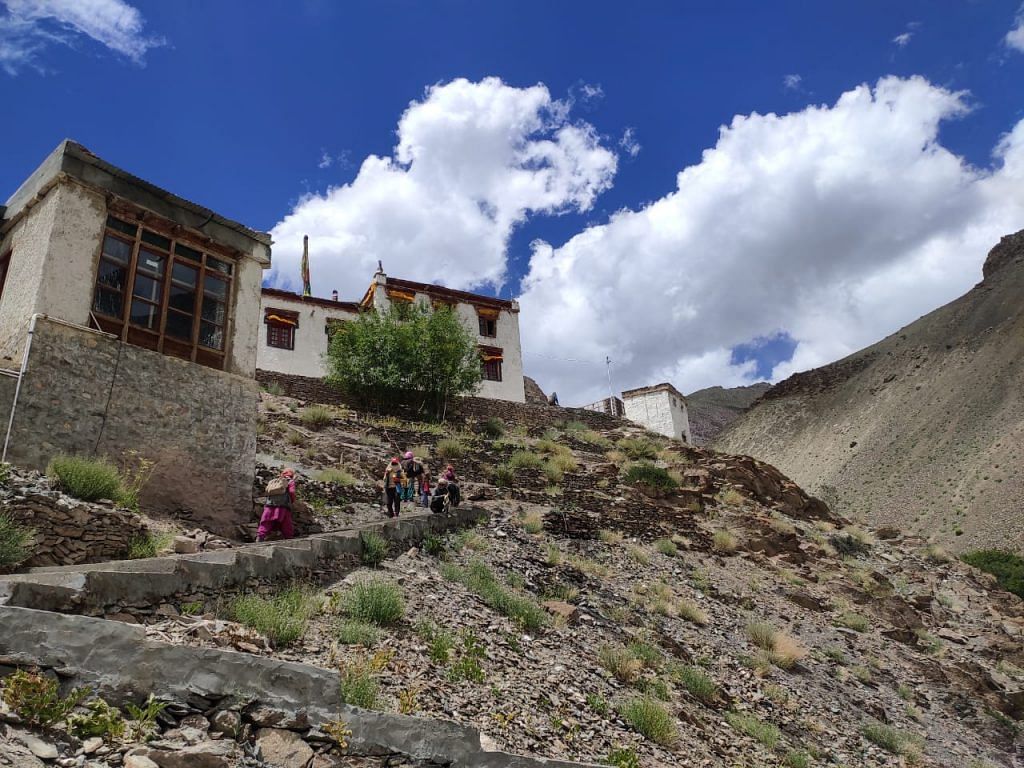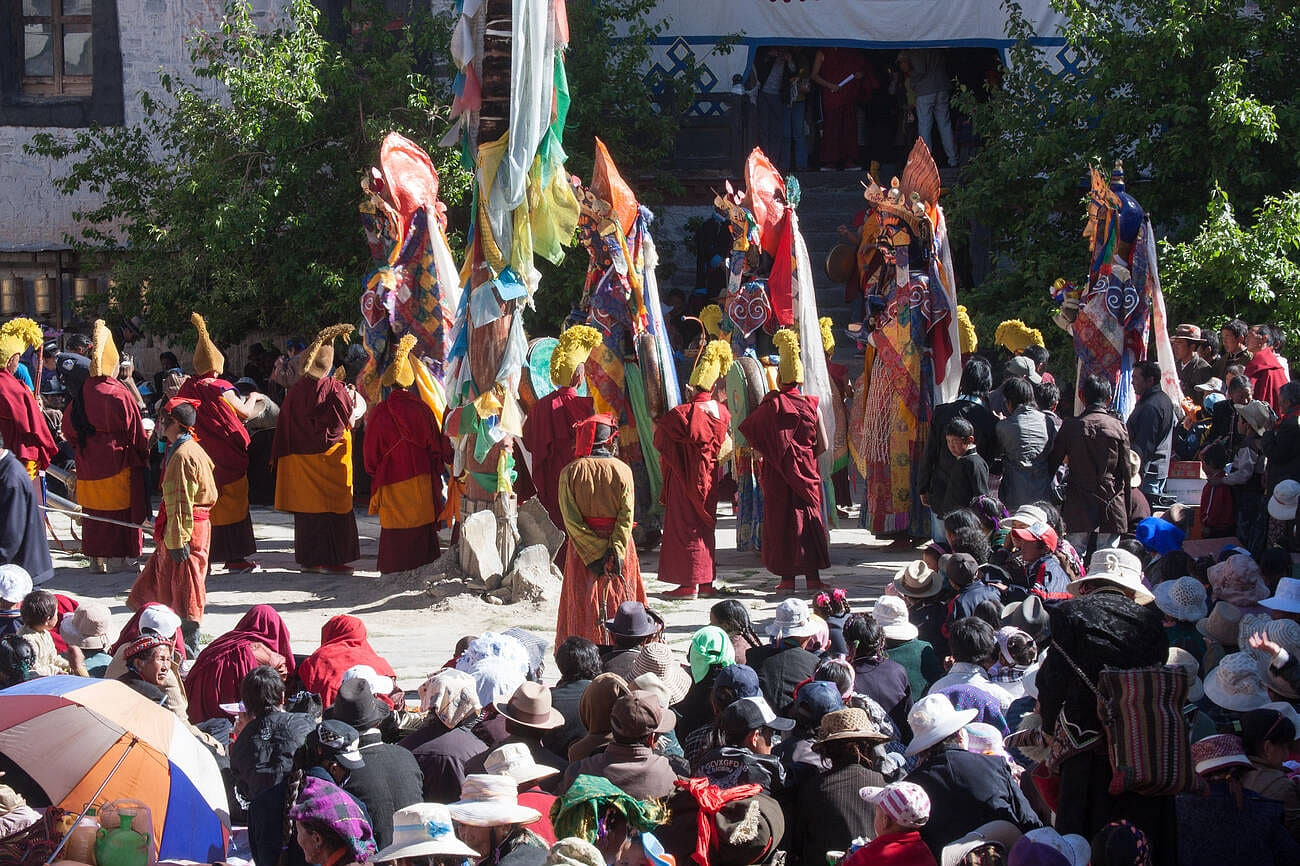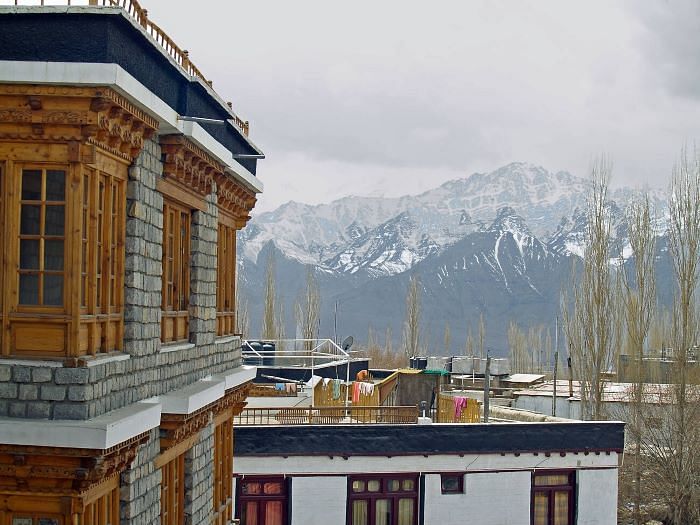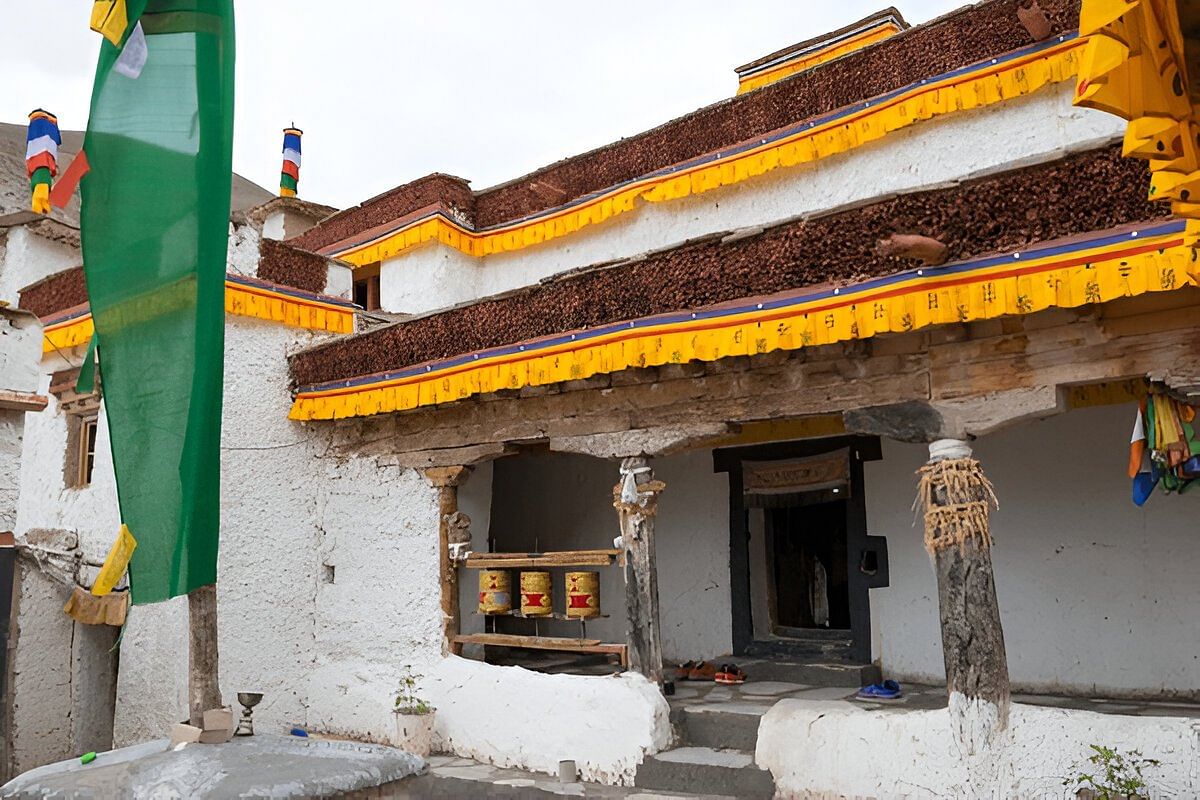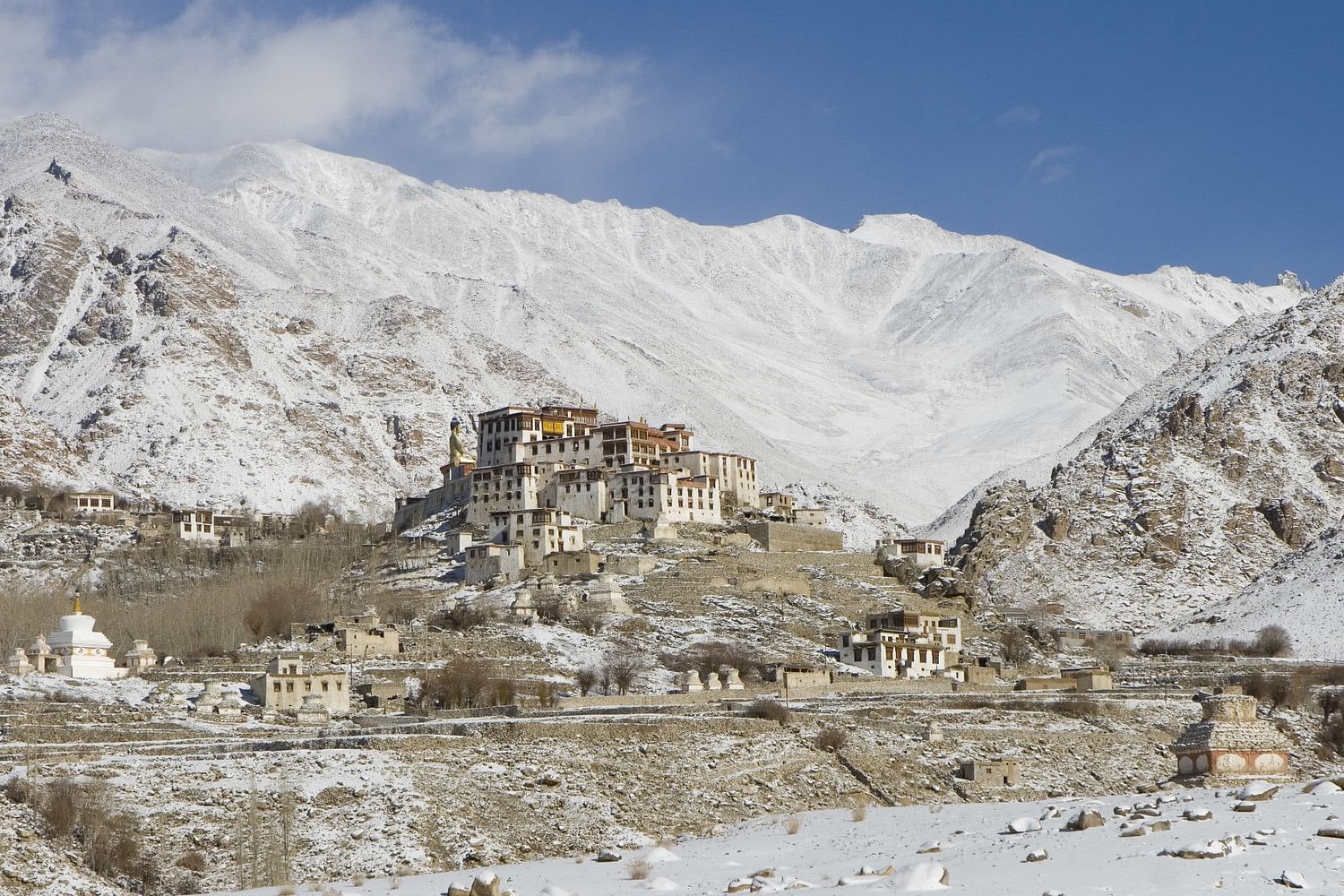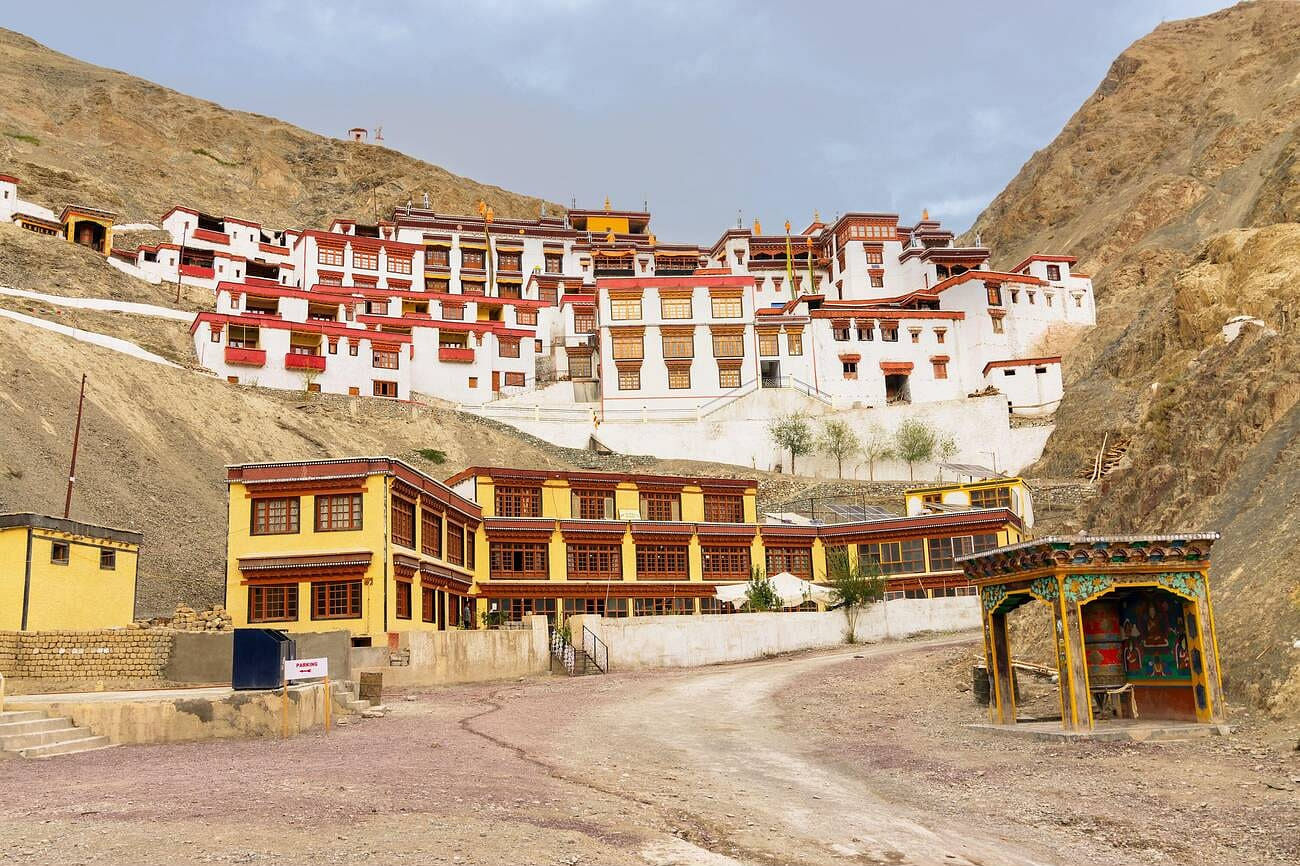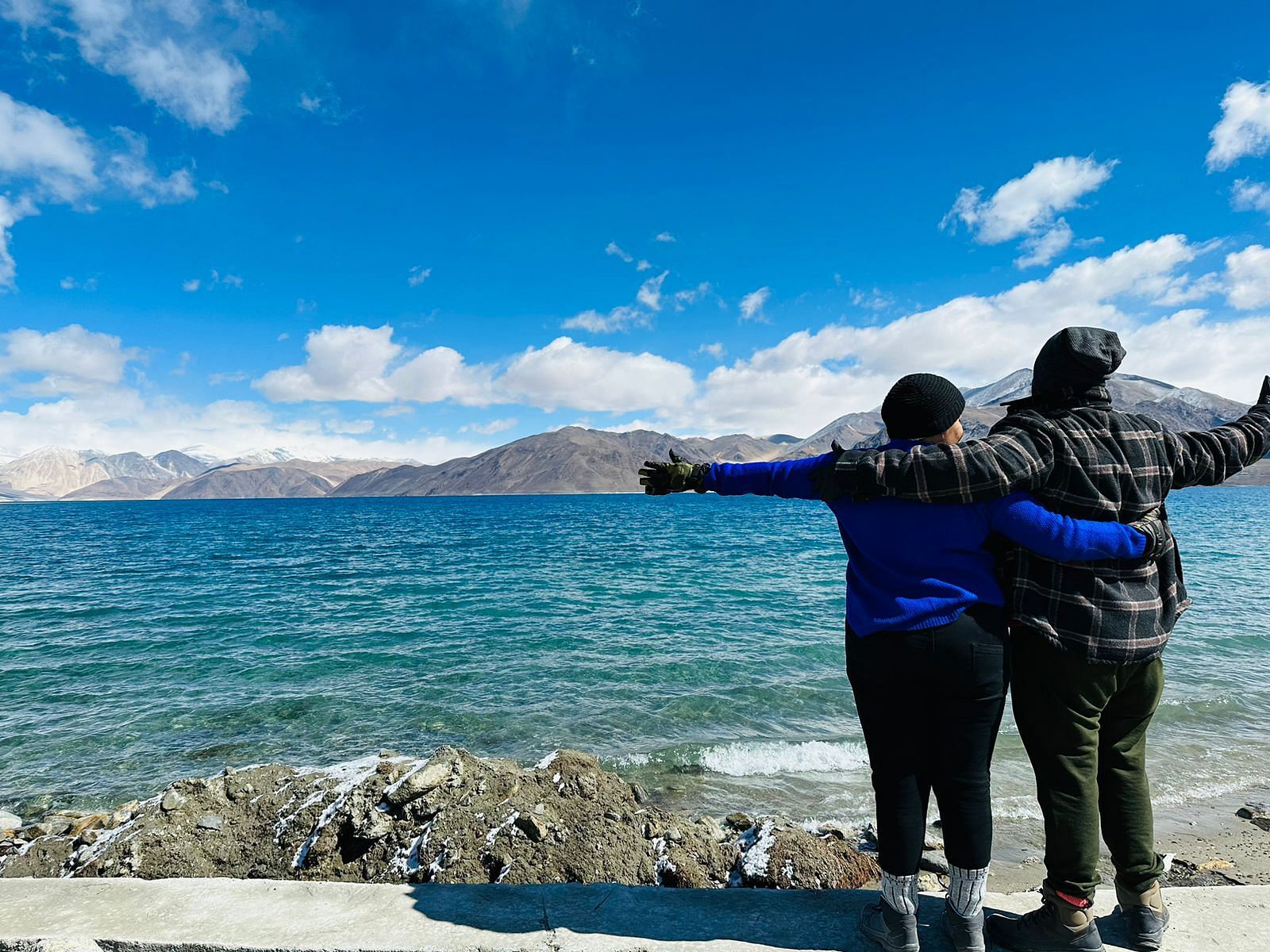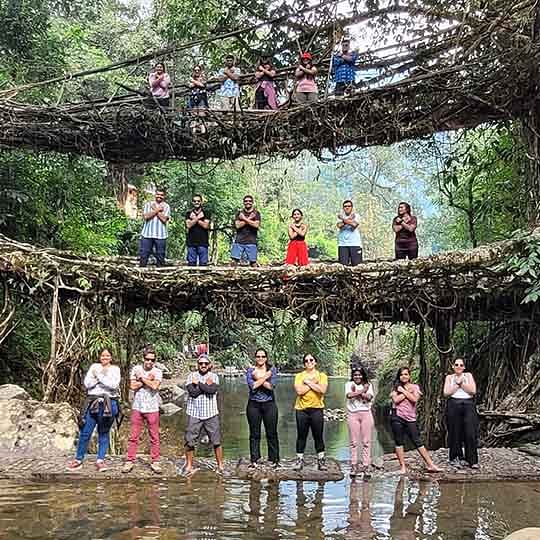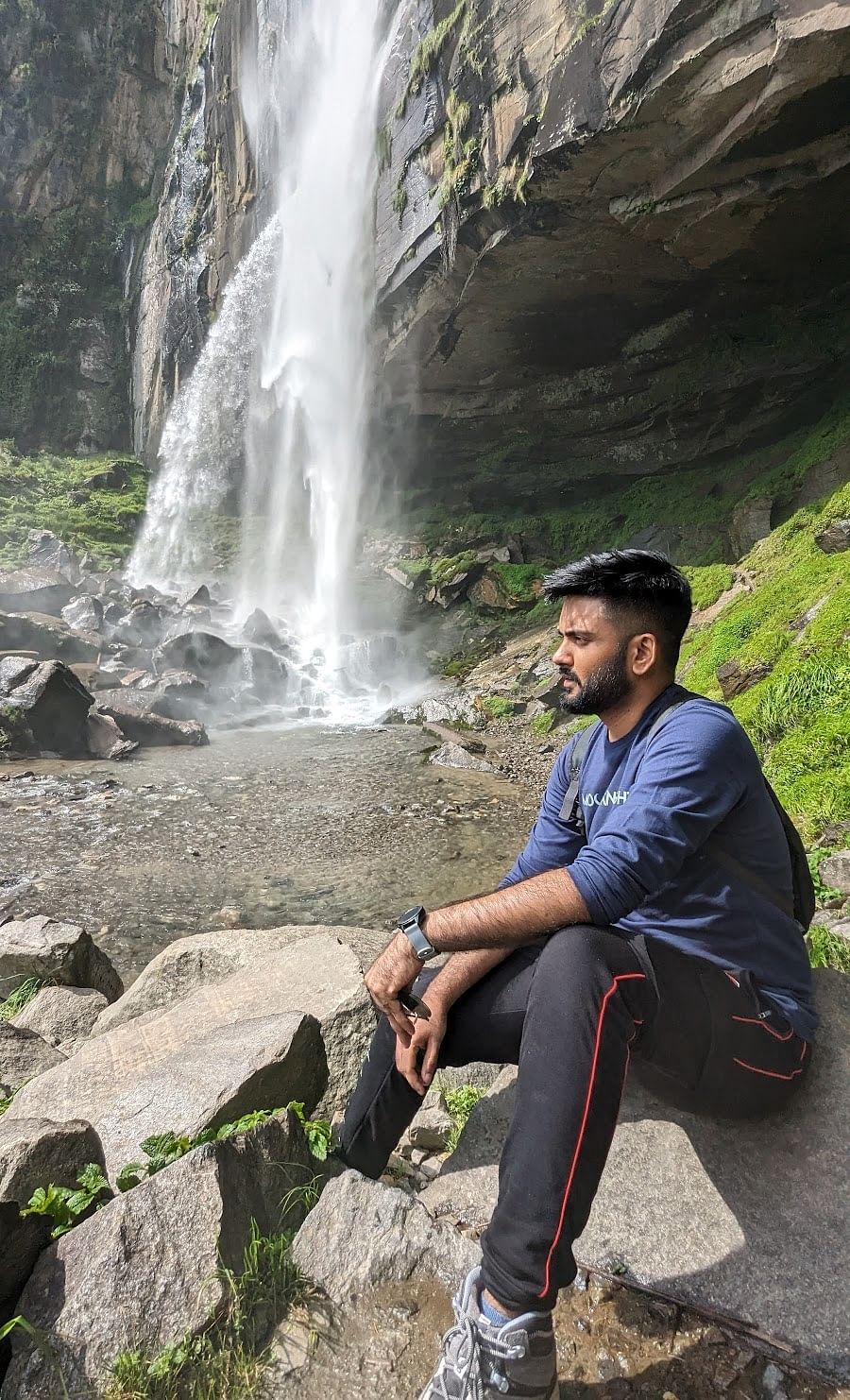Best Time To Visit Sumda Chun Monastery: May-JuneSumda Chun Monastery Timings: 6 AM – 6 PM
Sumda Chun Monastery Entry Fee: Free
Time Required: 2-3 hours
Popular Attractions: Ancient murals, wooden carvings, Buddha statues
Temperature: 15°C to 25°C in summer
Things To Do at Sumda Chun Monastery: Explore ancient murals, photography, meditative walks
Distance From Leh: 65 km
Situated in the peaceful mountains of Ladakh, Sumda Chun Monastery is a hidden gem waiting to be discovered. Imagine stepping into a place where ancient wooden carvings and colorful murals tell stories from over 900 years ago, all in the heart of the stunning Sumda Chenmo village in Ladakh. This monastery isn’t just a place of worship; it’s a journey back in time. Plus, it’s conveniently located near other top places to visit in Ladakh, making it a perfect addition to your itinerary.If you’re tired of the usual tourist spots and crave something truly unique, Sumda Chun Monastery Leh Ladakh is the perfect destination. It’s one of those rare places where history, culture, and nature come together in a way that’s both inspiring and calming. This guide will help you explore this special place, offering all the tips and info you need for an unforgettable visit.
So, if you’re planning a trip to Ladakh, don’t miss out on Sumda Chun Monastery. You can even find Ladakh tour packages that include this hidden treasure along with other top attractions in the region.




